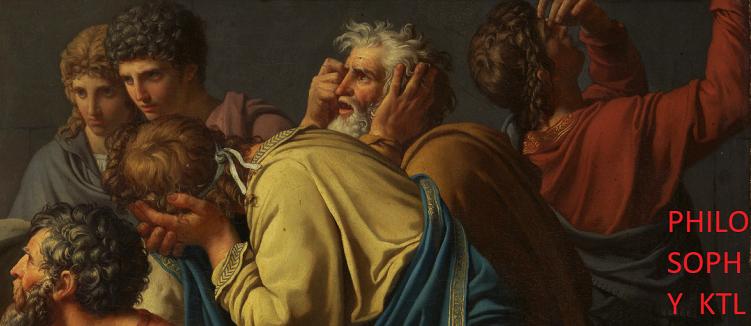 |
| This post is part of a series I started on tumblr. I plan to continue here. I'm just summarizing and commenting on parts of Lonergan's Insight as I read them. |
- An insight makes possible the infinite extension of a set or series, such as a table symbolically indicating the definition of integers or a series of "plus ones."
- Adding the postulate that "when equals are added to equals, the results are equal" grounds the deduction of the whole infinite set of addition tables.
- A "homogeneous expansion" is an insight into a nominal definition, treating that definition as a primitive term, without requiring any further development of that term. Thus, subtraction and other operations can be defined in terms of addition tables grounded in the definition of positive integers.
- The inverse operations (subtraction, division, and roots) discovered in the homogeneous expansion for a reinterpretation of number and arithmetic operations when the series is extended back beyond its origin.
- Numbers are reinterpreted as the results of any operation, according to a new, more comprehensive set of rules. The new rules, operations, and numbers "tumble out together" in response to the pressure placed on the definition of positive integers.
- Although the arithmetic with integer addition at its center proves inadequate, in the order of learning it remains primary, because it is indispensable to the insight into the more comprehensive mathematics. It serves as a "virtual image" with the same role as the wheel plays in the definition of a circle.
- A well-developed symbolism is not only convenient for practical purposes, but also serves as an image, providing the clues for the next stage of development.
My metaphor of footholds is wrong, because it implies that the previous insight is simply left behind, when really it's more reconfigured and reincorporated into a better framework of understanding.
The idea of a "virtual image" might help a bit with the question I had, or thought I might have. Is it any different from an analogy, though? And if so, is analogy really an adequate interpretation of image? I don't think it is.
Bernard J. F. Lonergan, Insight (New York: Harper & Row: 1978), 13-19
Image: "Reconfiguration" by flickr user Ash Kyd, used under CC BY 2.0
The idea of a "virtual image" might help a bit with the question I had, or thought I might have. Is it any different from an analogy, though? And if so, is analogy really an adequate interpretation of image? I don't think it is.
Bernard J. F. Lonergan, Insight (New York: Harper & Row: 1978), 13-19
Image: "Reconfiguration" by flickr user Ash Kyd, used under CC BY 2.0
